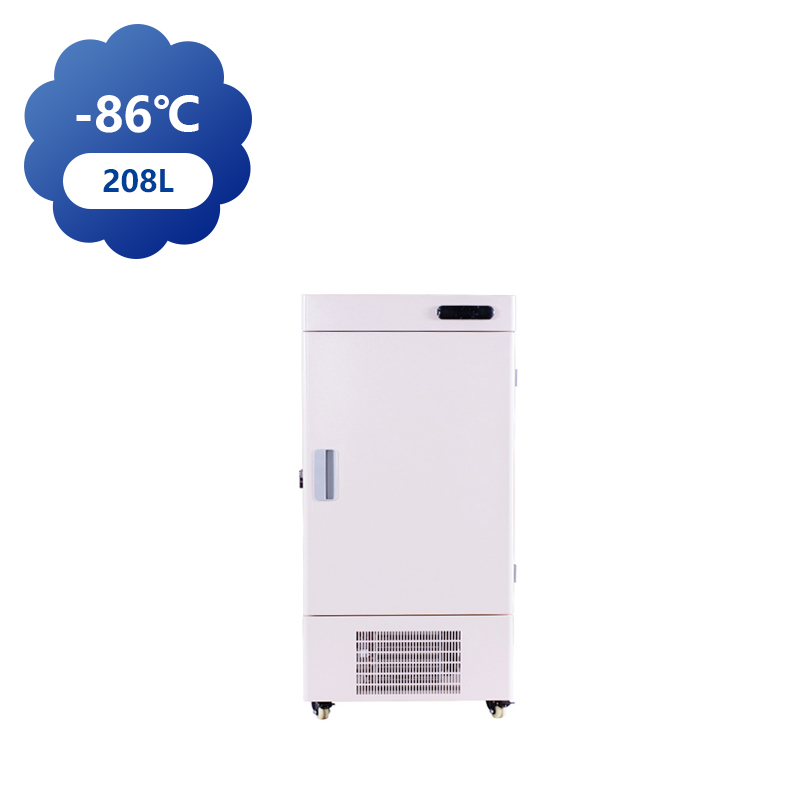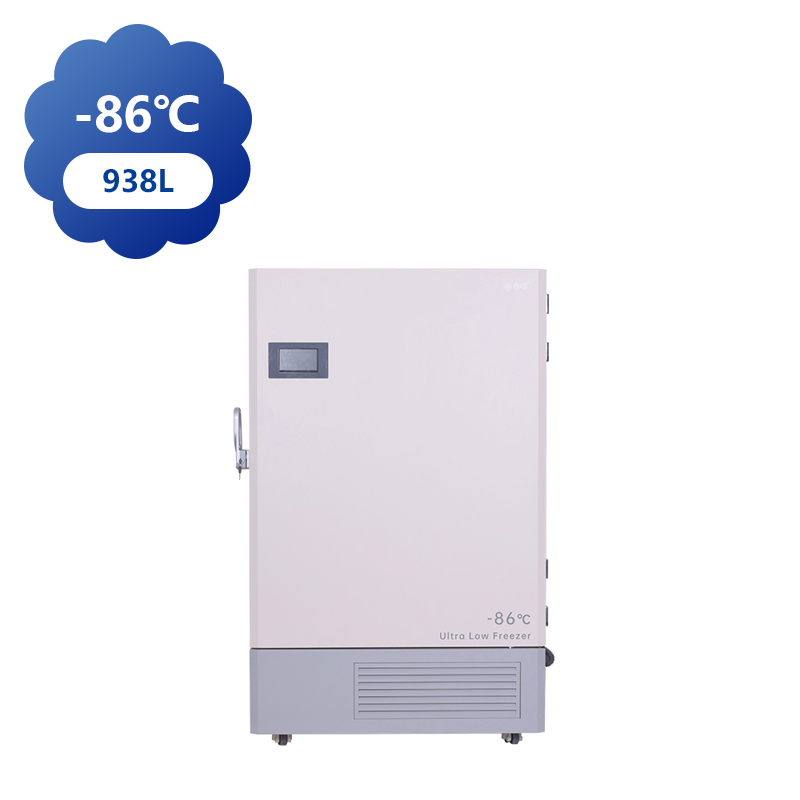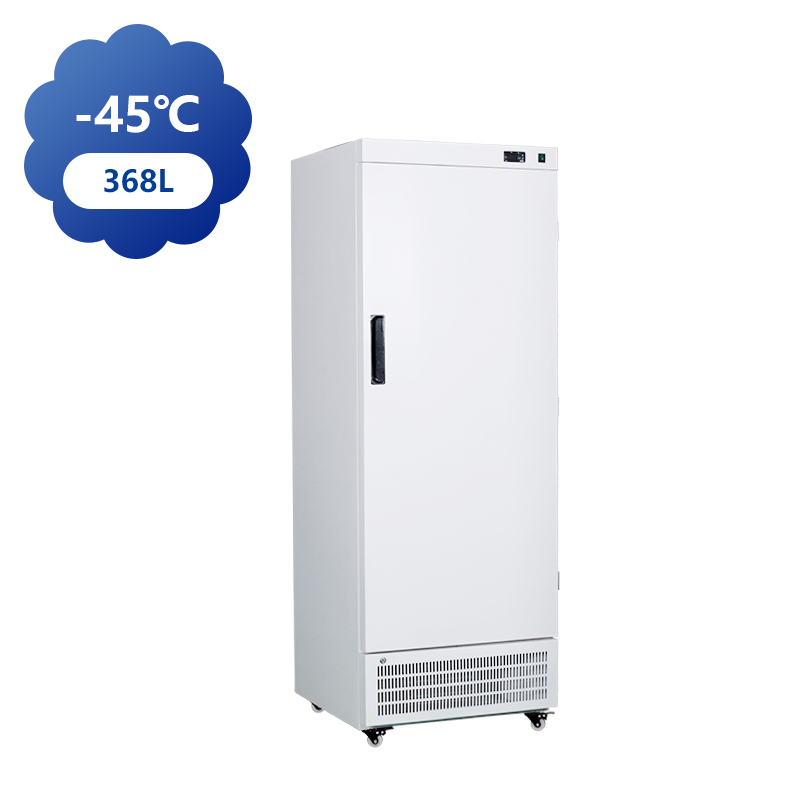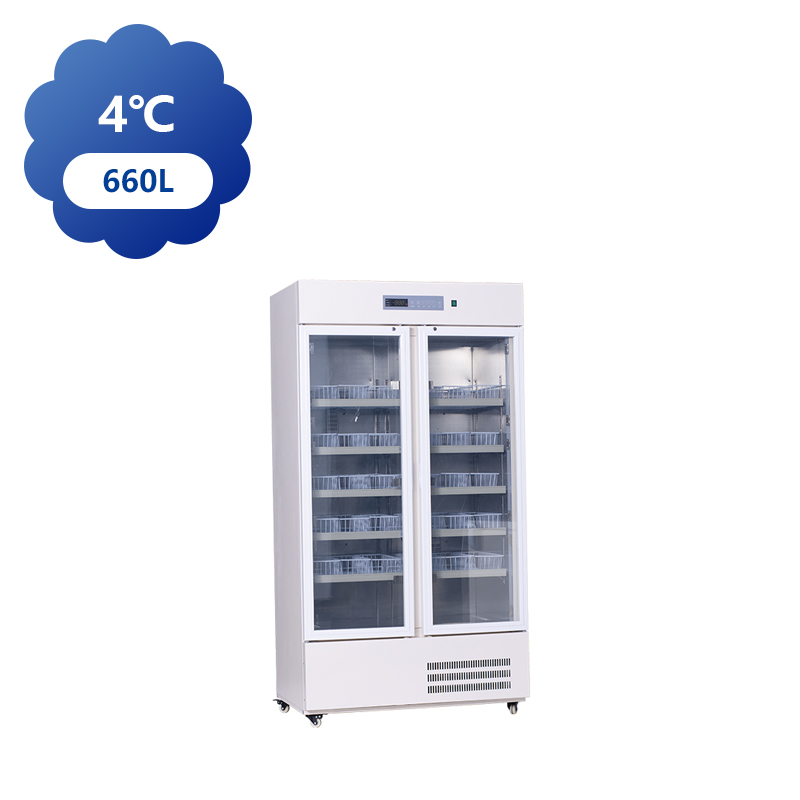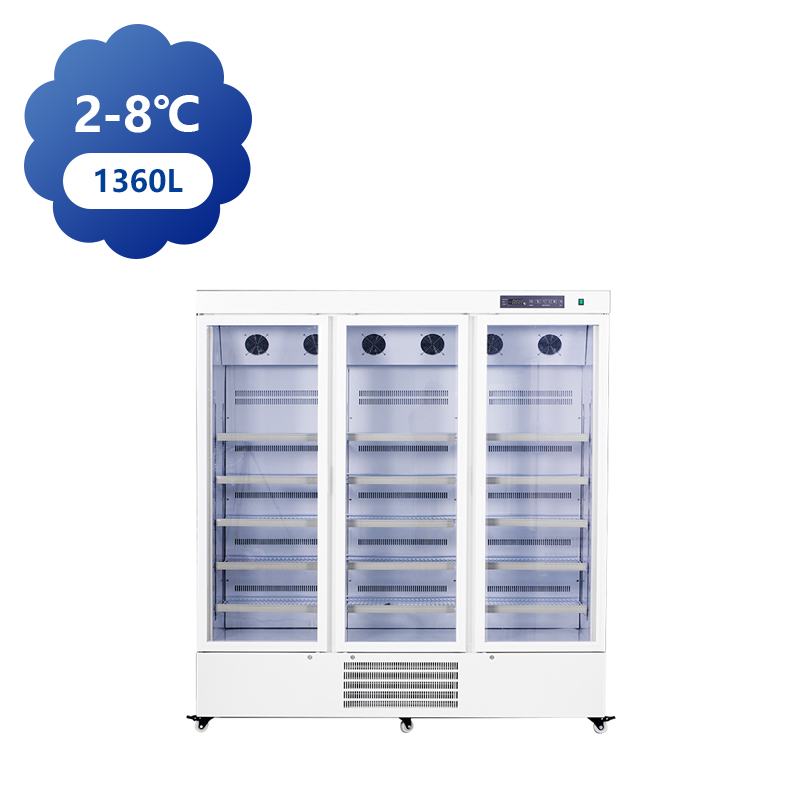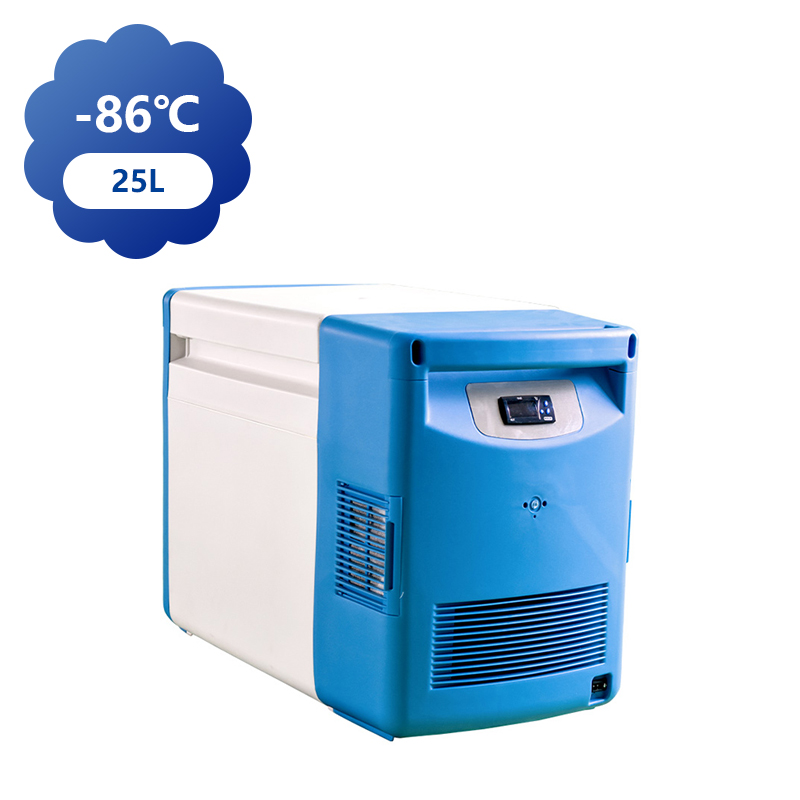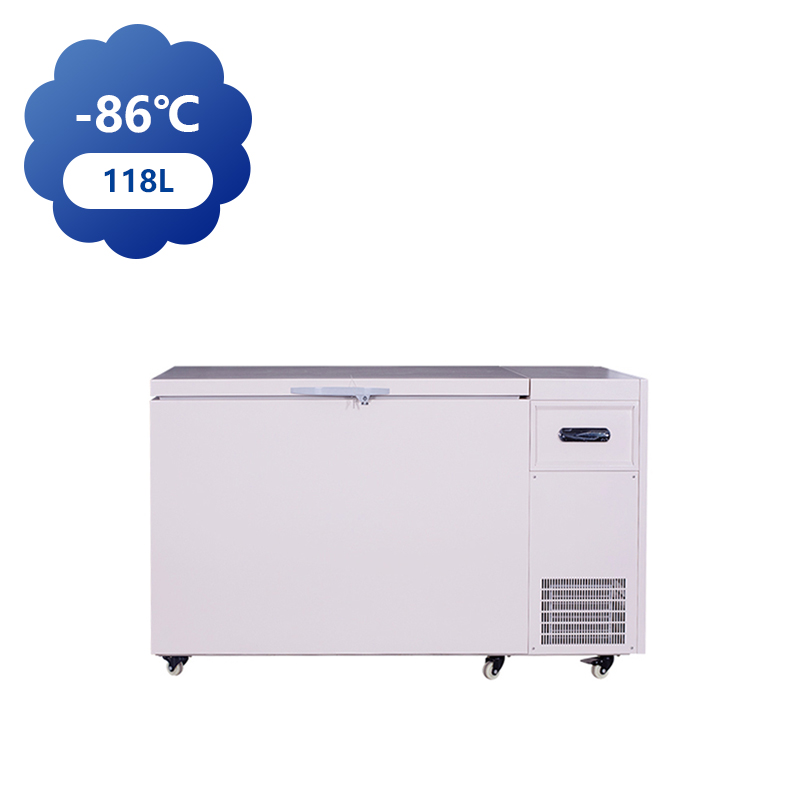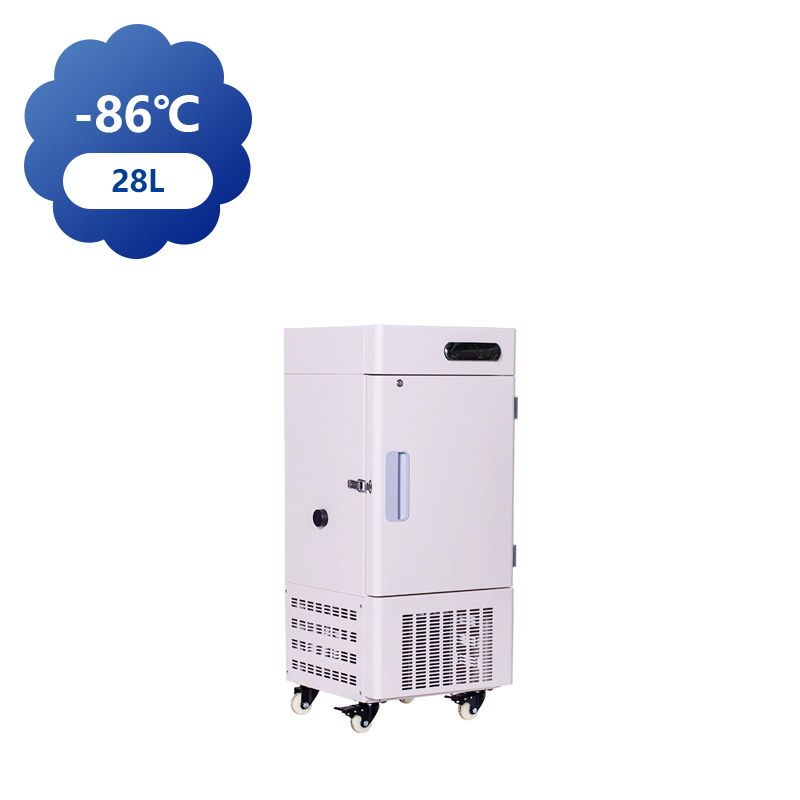You can contact to me using this form.
When it comes to storing food while on the go, whether during a camping trip, road trip, or outdoor adventure, choosing between a car camping fridge freezer and a traditional refrigerator is an important decision. Each has its own advantages and limitations, depending on the context and intended use.
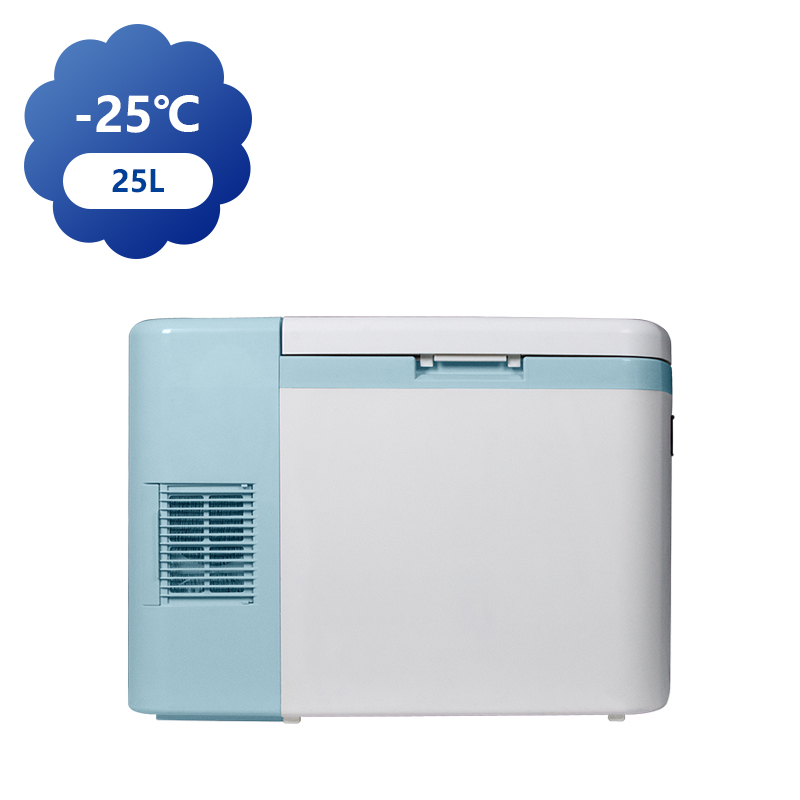
A car camping fridge freezer is specifically designed for portable use and typically runs on 12V DC power from a car battery, making it ideal for road trips and camping. These units are compact, energy-efficient, and capable of maintaining temperatures well below freezing. With features like adjustable temperature controls, they can function as both a fridge and freezer, allowing users to store a variety of foods, including fresh and frozen items. Many models are designed with robust insulation and reinforced exteriors to withstand the challenges of outdoor environments. They also come with built-in low-voltage protection to prevent draining the vehicle's battery.
One of the key benefits of a car camping fridge freezer is its portability. Designed for outdoor use, it is usually lightweight, durable, and easy to move. Many units also offer additional features like temperature alarms and digital displays, adding convenience and security to your food storage.
In contrast, traditional refrigerators are designed for indoor use and are powered by AC electricity. While larger and more expensive, they offer a higher storage capacity, making them suitable for household use. They are often equipped with advanced cooling technologies that provide precise temperature control but lack the portability, energy efficiency, and ruggedness required for outdoor adventures.
Portable freezers for trucks are essential tools for transporting perishable items over long distances. Whether used by delivery drivers, transport companies, or people who simply need refrigeration while on the road, these units are designed to be energy-efficient without compromising performance. Understanding power consumption and the energy-saving features of these units is crucial for truck owners looking to minimize costs while ensuring food or goods remain fresh.
The power consumption of portable freezers for trucks depends on several factors, such as the freezer's size, cooling capacity, insulation, and the ambient temperature conditions. Typically, these freezers operate on 12V DC power, drawing energy directly from the truck's battery. Many models are designed with low-voltage protection, preventing the freezer from draining the vehicle's battery completely.
Portable freezer for trucks may consume between 40W to 80W per hour, depending on the cooling requirements. Energy-efficient models utilize compressors that adjust their speed according to the temperature inside the unit, further optimizing energy use. Larger freezers with higher capacities or those maintaining lower temperatures will naturally consume more power, so it's essential to choose a size appropriate for your needs.
A car refrigerator freezer is an indispensable tool for those who need portable, reliable refrigeration during road trips, camping, or long-distance travel. These units are capable of maintaining temperatures as low as -18°C (0°F) or even -22°C (-8°F), ensuring that both fresh and frozen foods are kept at temperatures. Understanding the temperature range and control mechanisms of these units is crucial for choosing the right model that suits specific needs.
Car refrigerator freezers are designed with versatile temperature ranges that allow users to store a wide variety of items, from drinks and fresh produce to frozen meats and ice cream. Many models can cool from around 0°C (32°F) to -20°C (-4°F), but some advanced models are capable of reaching even lower temperatures. The ability to adjust the temperature based on the items stored is a key feature, as it allows users to shift between refrigeration and freezing modes.
The temperature control system in car fridge freezers typically includes a digital thermostat that allows users to set and monitor the internal temperature easily. Many modern units feature an LCD display where users can see the current temperature and adjust it as needed. The temperature can be controlled via buttons or touchscreens, depending on the model.



 中文简体
中文简体 English
English Français
Français عربى
عربى +86-15988502726(wechat)
+86-15988502726(wechat)